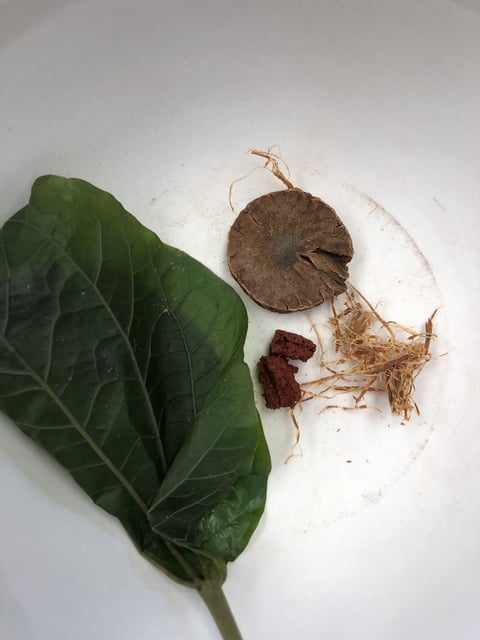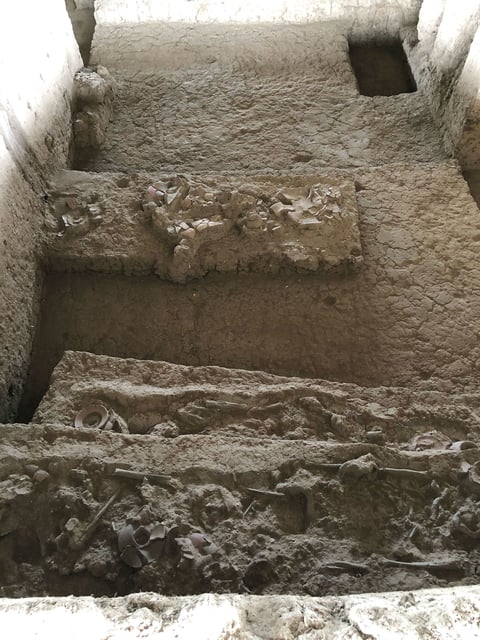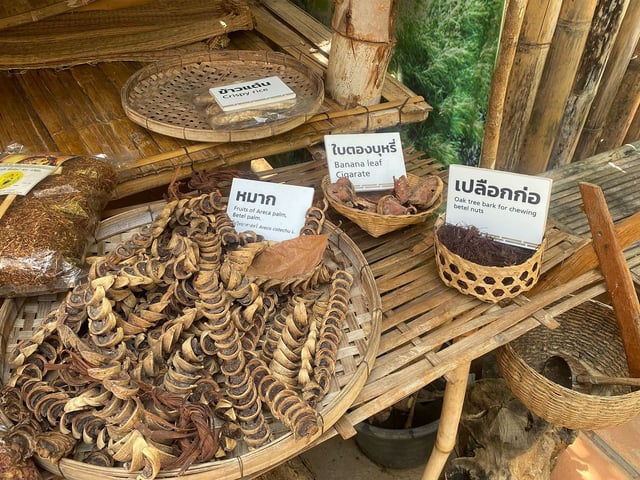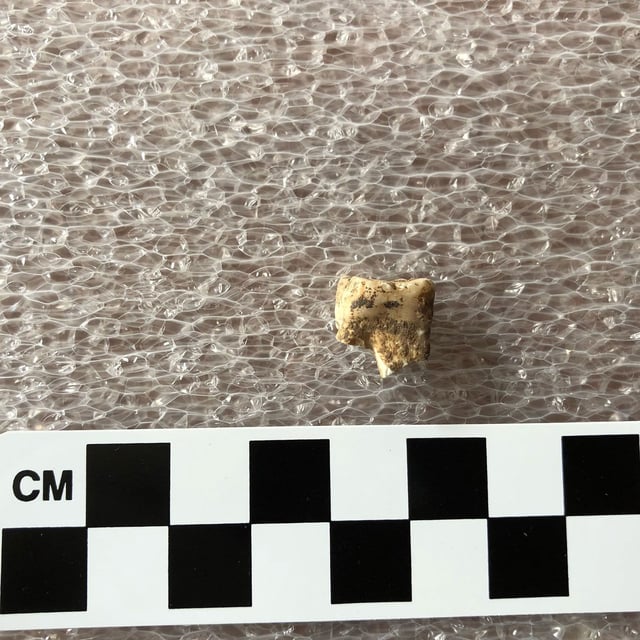Overview
- Researchers detected betel nut alkaloids arecoline and arecaidine in dental calculus sampled from Burial 11 at Nong Ratchawat using advanced chromatography-mass spectrometry.
- This finding constitutes the earliest direct biomolecular proof of betel nut chewing in Southeast Asia, predating previous evidence by more than a millennium.
- Experimental reconstruction of a traditional betel quid with areca nut, Piper betel leaf and human saliva confirmed the analytical protocol’s reliability.
- The study shows that dental plaque can preserve chemical signatures of psychoactive plant use over thousands of years, even when conventional archaeological markers are absent.
- The team plans to apply the validated method to the site’s remaining burials and other regional sites to chart millennia of cultural betel nut use.



